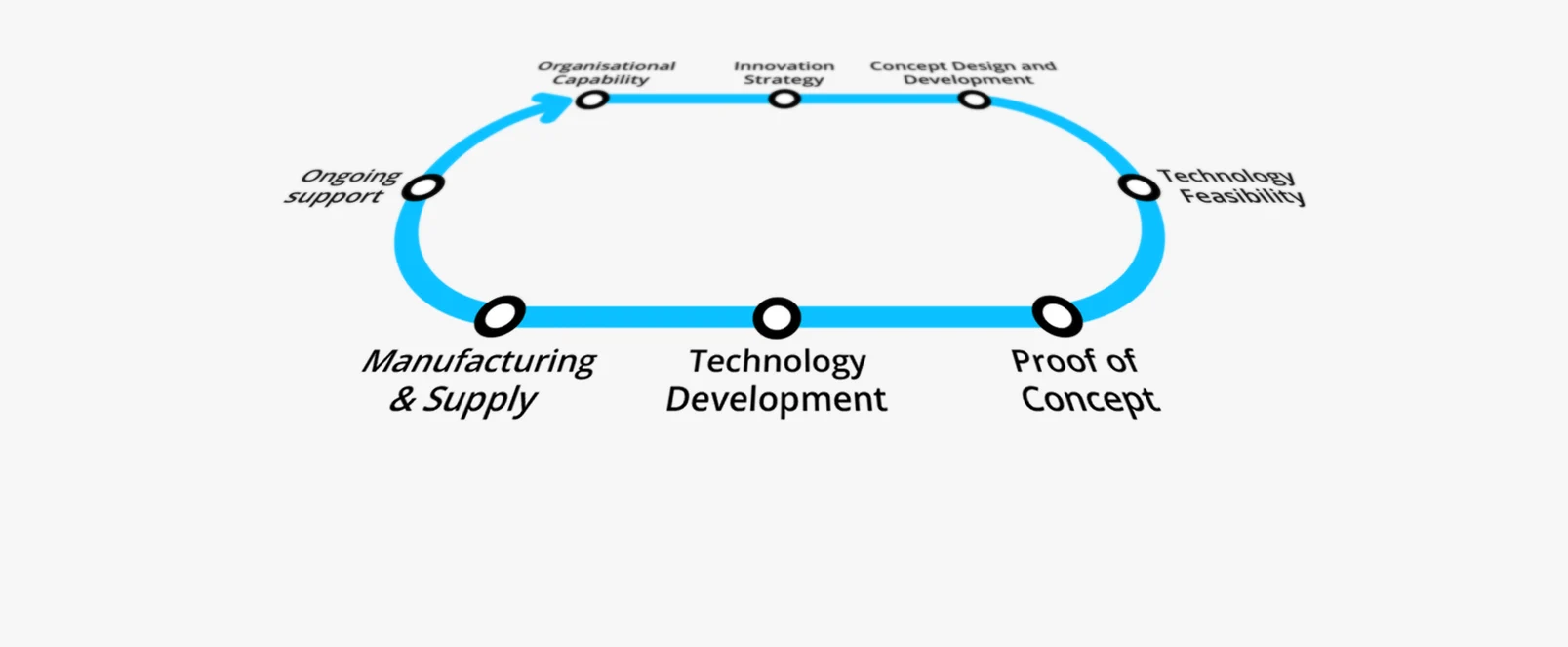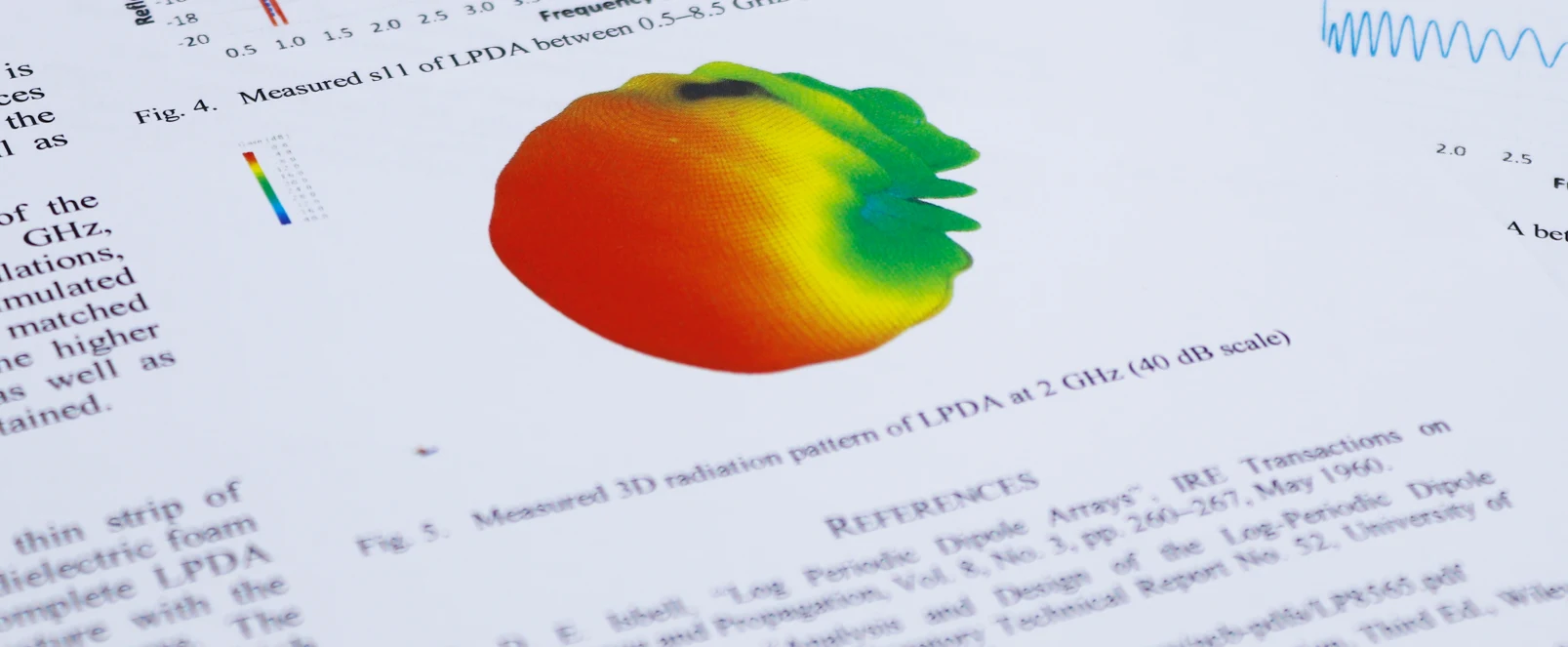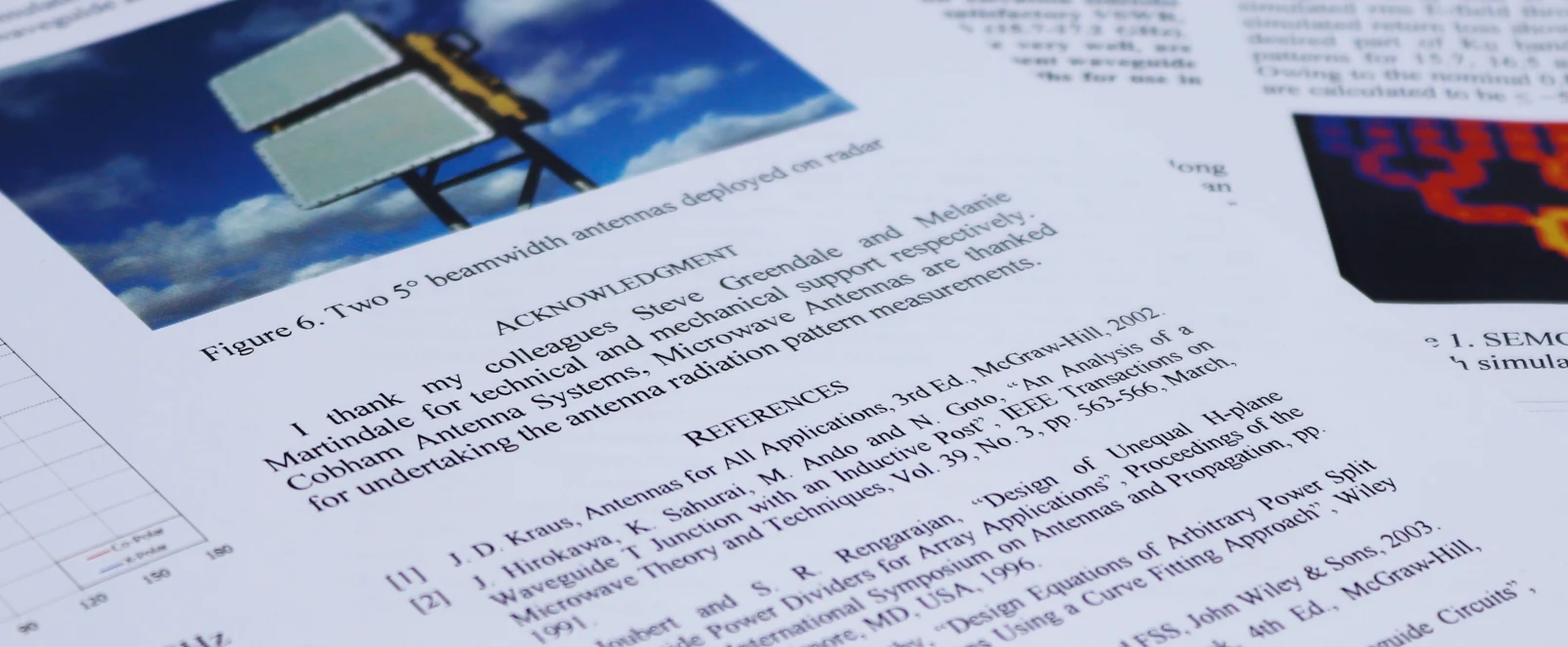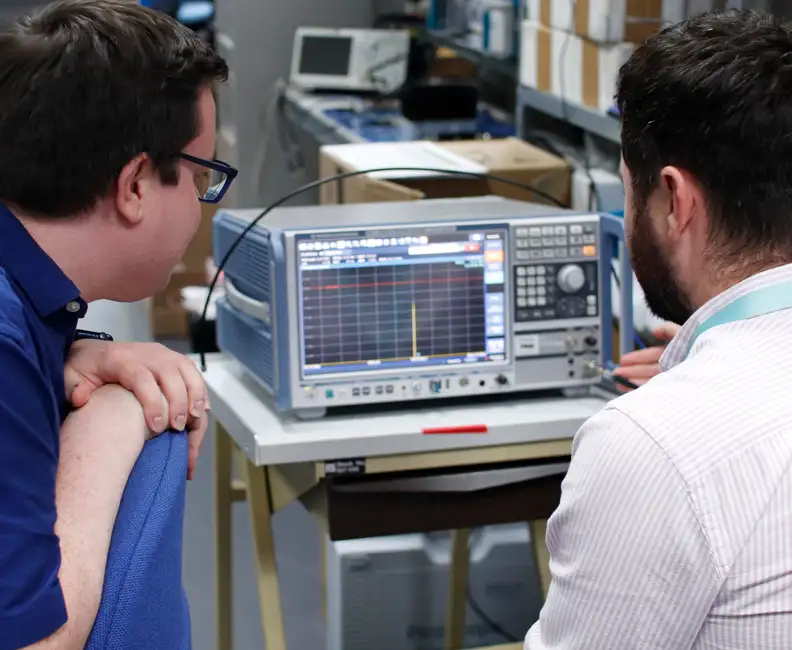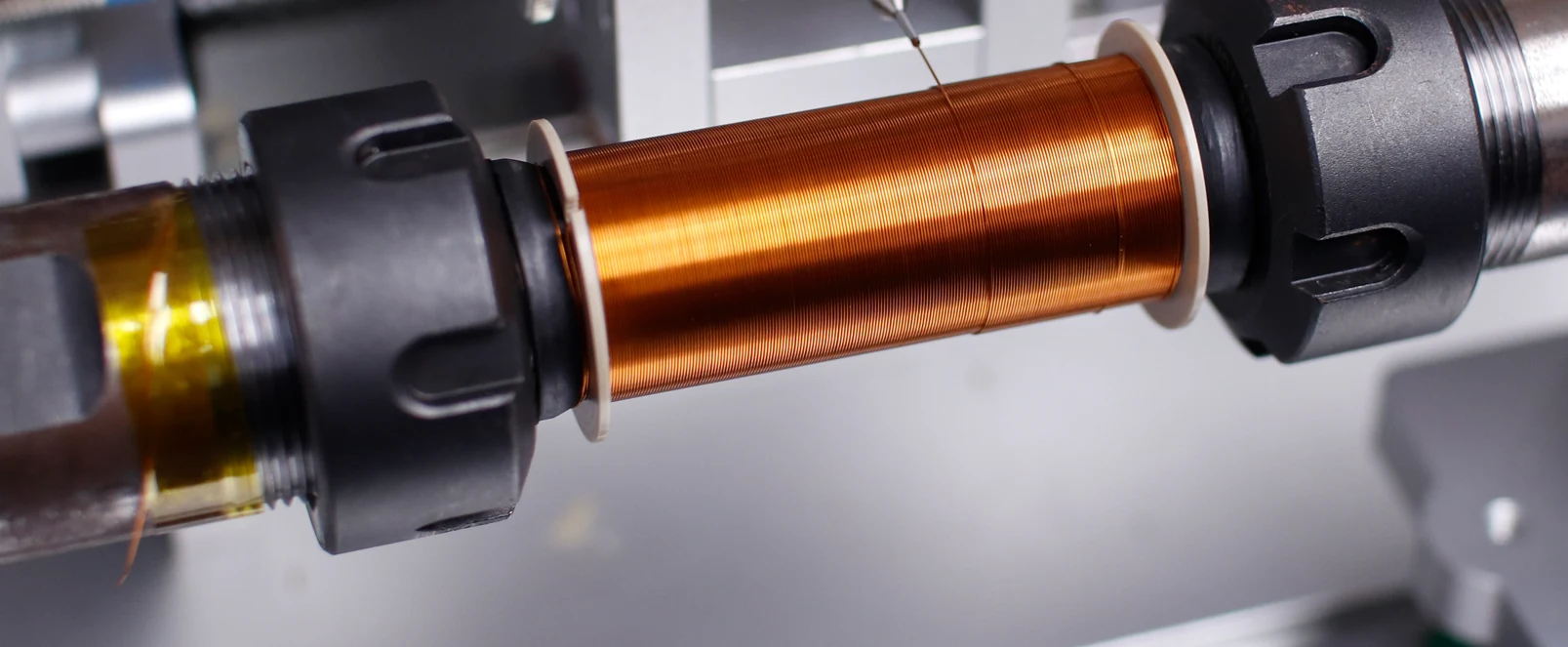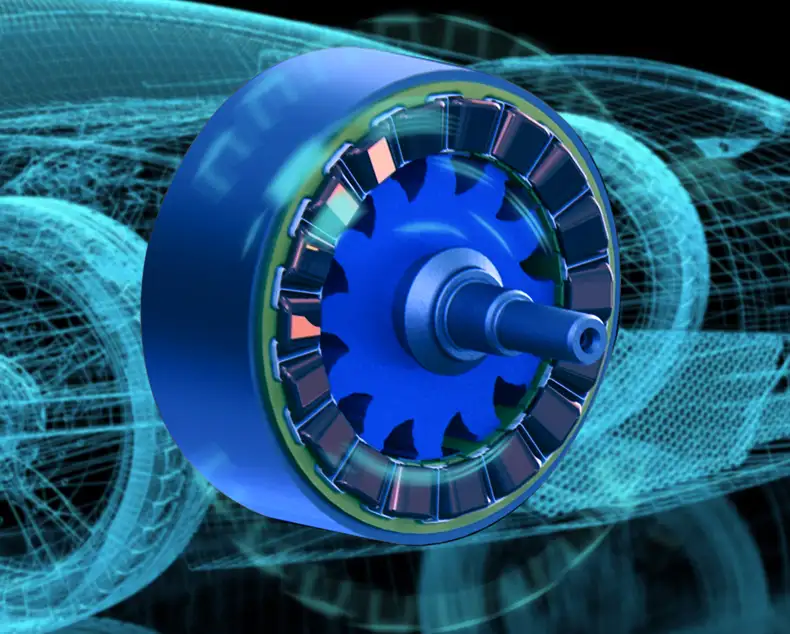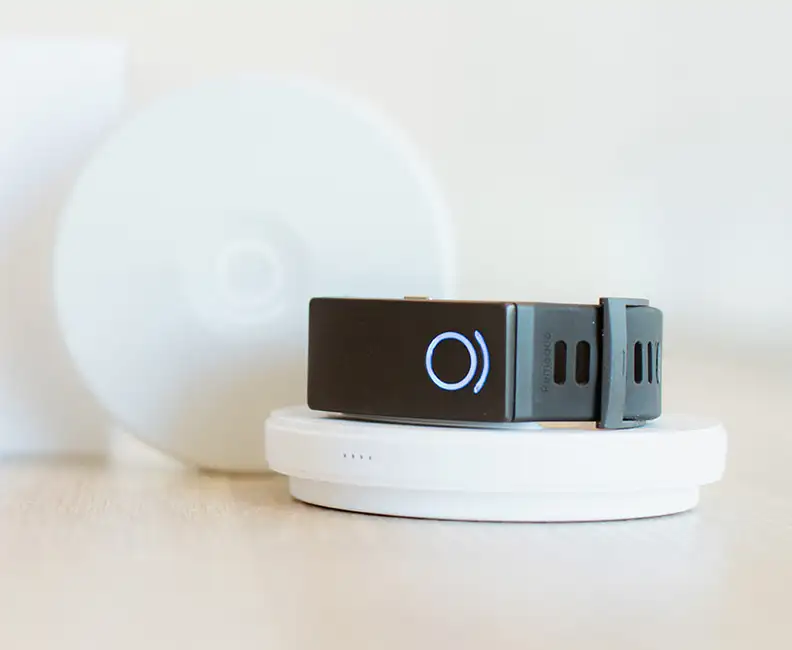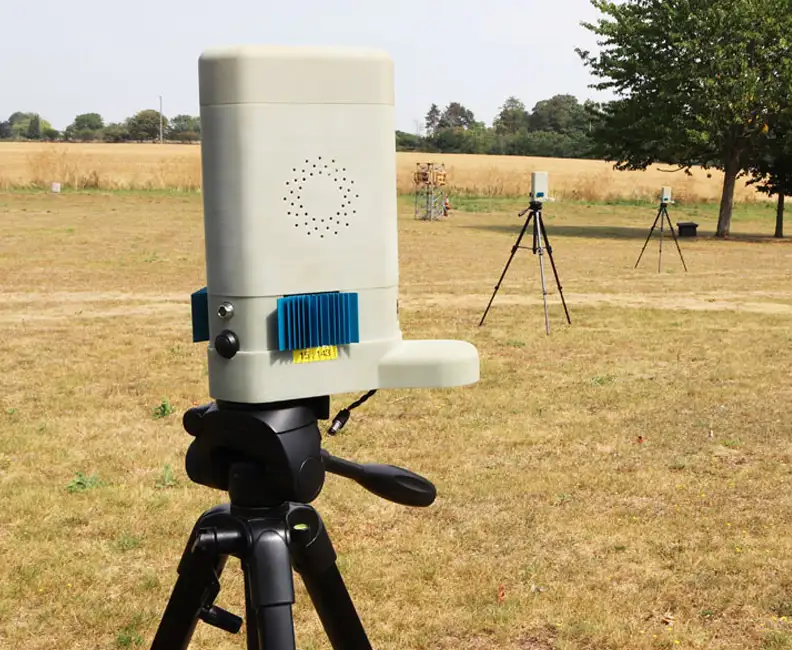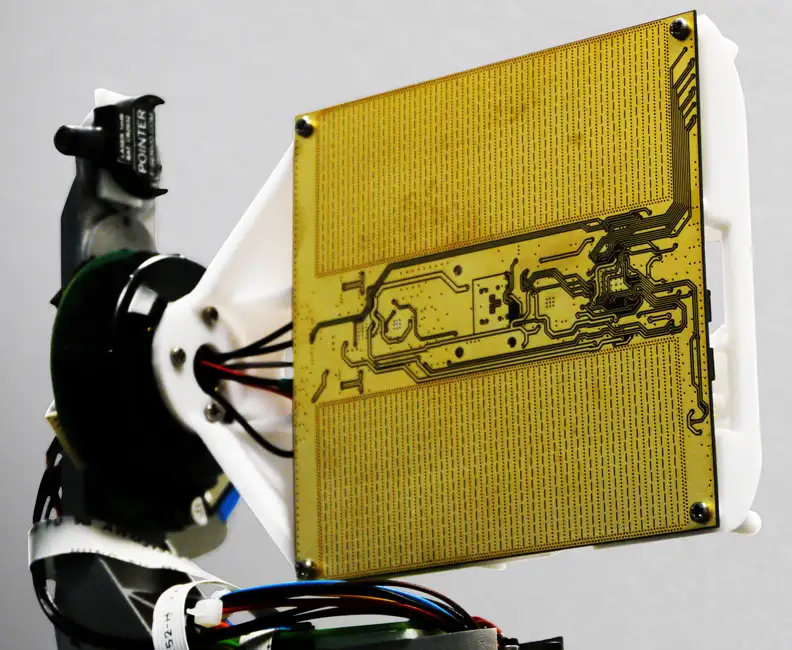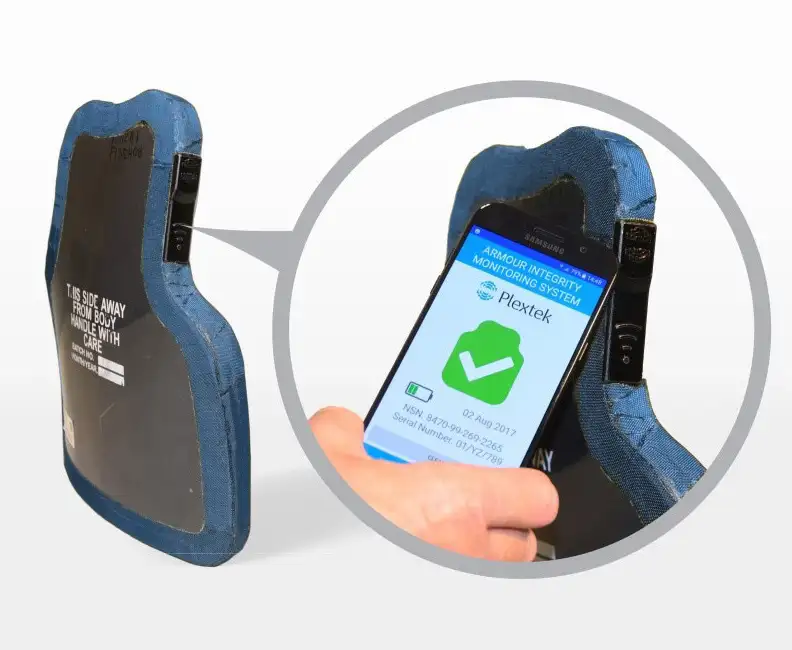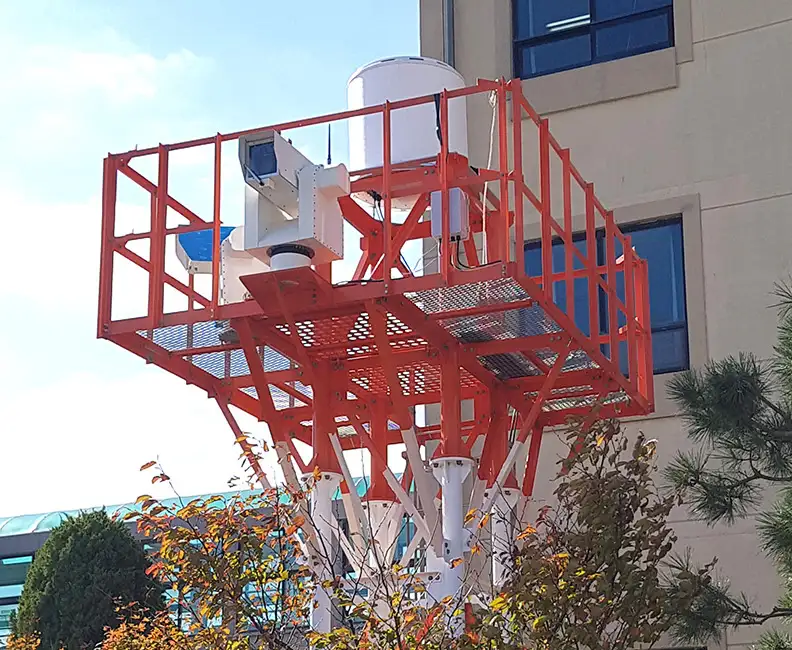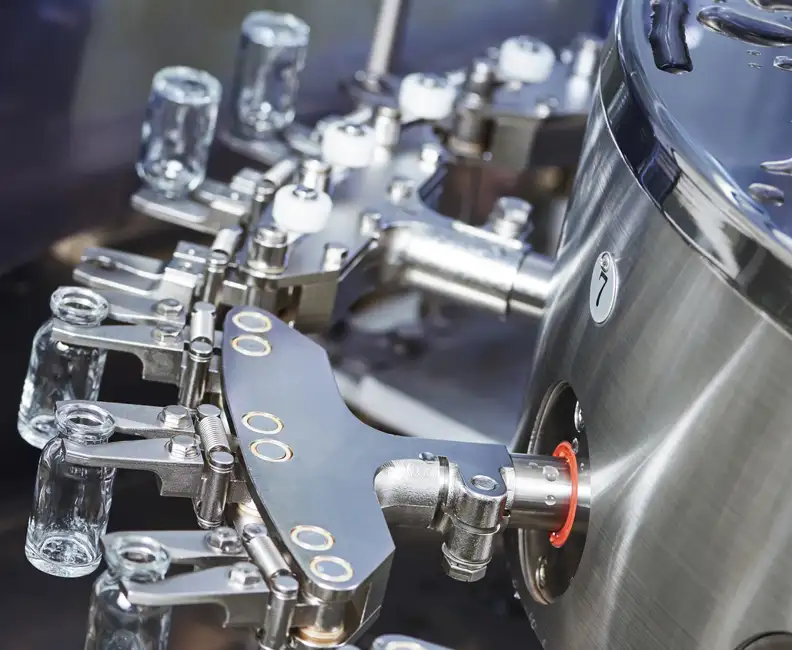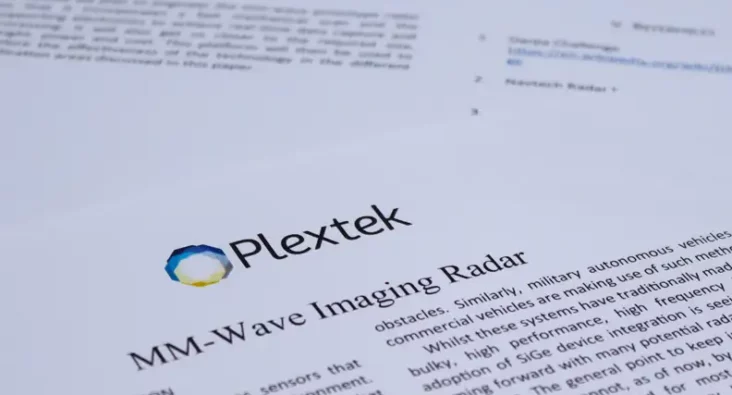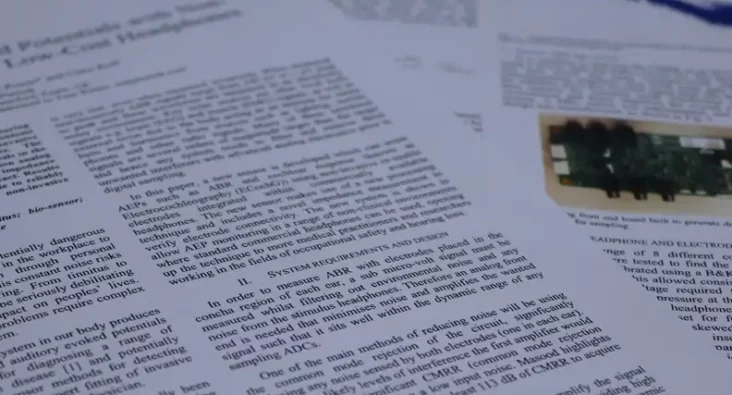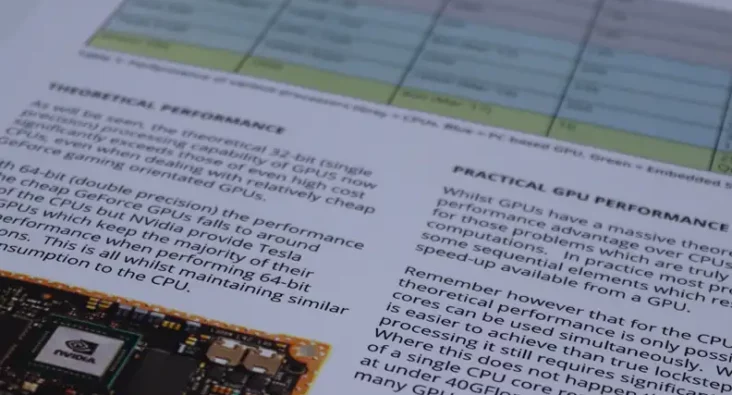The Challenge
Monumo is looking to revolutionise the global electric vehicle market.
Combining deep technology and real-world electric motor design expertise, this Cambridge-based start-up have a mission to create and license next generation electric motor designs. In order to create these faster and better than any other company in the world, Monumo needed to create a combination of simulation, machine learning, artificial intelligence and motor design expertise. When the company was first created it lacked the engineering resource and the business support it needed to get going.
The Approach
Monumo was originally incubated by our Plextek founders, including Ian Murphy who is now their President. From our large owned-offices near Cambridge, we were able to provide electronics support in addition to business strategy, innovation and technology development consultancy. Plextek have a lot of experience in electromagnetic modelling, key in the development of electric motor designs. We were therefore placed-well to help guide the direction of travel in the early stages of this programme and then to implement components as the work unfolds. The Monumo and Plextek teams worked intensively for a year to rapidly produce results.
The Outcome
We are proud to have assisted Monumo in their foundational stages. They now have their own offices in Cambridge and Coventry, have successfully raised just over £10 million seed capital, and will be raising further capital to scale the business as it continues to grow.
Downloads
View All Downloads- PLX-T60 Configurable mmWave Radar Module
- PLX-U16 Ubiquitous Radar
- Configurable IOT Framework
- MISPEC
- Cost Effective mmWave Radar Devices
- Connected Autonomous Mobility
- Antenna Design Services
- Plextek Drone Sensor Solutions Persistent Situational Awareness for UAV & Counter UAV
- mmWave Sense & Avoid Radar for UAVs
- Exceptional technology to positive impact your marine operations
- Infrastructure Monitoring

















